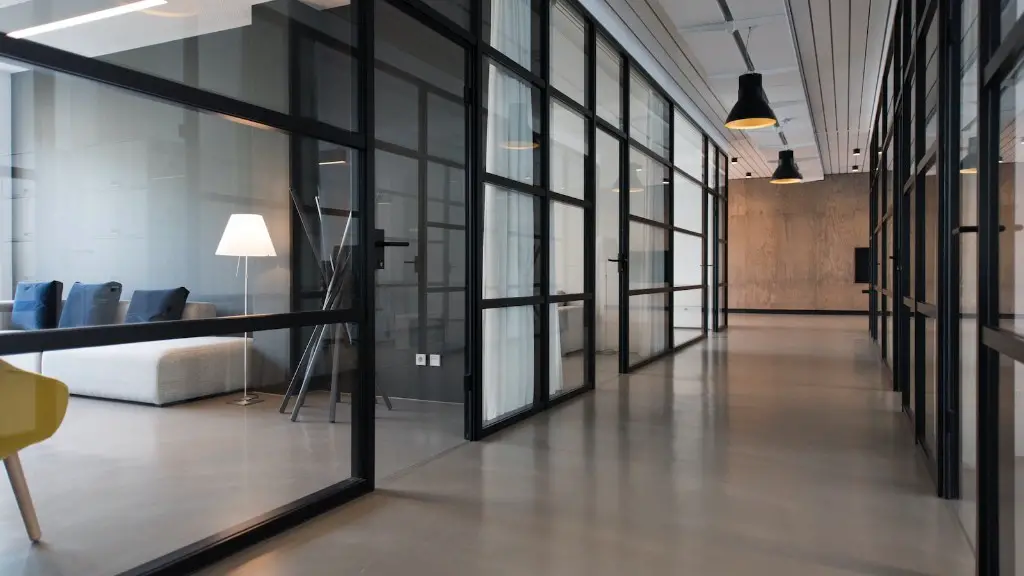Introduction
The process of creating architecture design can be daunting for someone who has never been exposed to the process. If you’re interested in getting started in architecture design, there are certain steps you need to follow. From selecting the software to using inspiration from architecture designers, these tips can help you to begin exploring architecture design.
Software Selection
When preparing to design architecture, the first step is to select a software program that meets your needs. The selection process can be daunting, as there are many programs to choose from. Take your time when making your selection, or you may find yourself with a program that won’t do what you need it to do. Research user reviews and get accurate reviews from other architects to ensure you find the best architecture software to suit your needs.
Gathering Ideas
Before you begin creating your architecture design, you should begin gathering ideas. Reading architectural magazines, visiting architecture websites, visiting open homes, and touring different buildings can help you to acquire helpful architectural design ideas. Having an understanding of resources will give you the inspiration you need to create your own design, and you’ll be able to draw on ideas that have proven successful.
Sketching Ideas
Sketching out your design ideas is an important step in architecture design. When you begin sketching out your ideas, think about the structure of the space and start drawing out your design. This will help you to understand the relationship between the various elements that make up your design. Sketching allows you to see any problems with your design before you start building or constructing.
Building the Model
Once you have a sketch of your design, you can begin building a model of your design. This will give you a three-dimensional representation of your design and it will help you to decide if you need to make any major changes. Building the model requires some technical skills and it’s best to use an expert if you’re new to this step.
Design Evaluation
The important step of design evaluation comes after you’ve built the model. Use this time to consider the practicality of the design, and evaluate whether or not the design of a certain structure or feature is suitable for its intended purpose. If there’s anything about the design that isn’t suitable for its purpose, it’s important to make changes during the design evaluation stage.
Presentation and Documentation
The last step in architecture design is the presentation and documentation of your design. This process involves sharing your design with potential clients and anyone else who needs to be involved in the project, as well as producing a written record of your design. The presentation of your design should be detailed and well planned, as this is the stage at which people will get an understanding of how your design works.
Architecture Inspiration
In order to design successful architecture, it’s important to think about the inspiration behind the work. Take a look at existing architecture designs and think about what makes them unique. Consider the shape, the colours, and the details that make a design stand out and start to incorporate these concepts into your own design.
Research and Understanding
When designing architecture, research is essential. It’s important to consider the purpose of the building and the environment it will exist in. Understanding these elements of architecture design will help you to create a space that has a practical purpose and fits into the environment around it. Consider the impact the building will have on its environment, both in terms of its impact on the environment and the benefits that it can bring.
Design Strategies
When designing your architecture, it’s important to think about the strategies you can use to create a successful design. Analyze successful designs to get an understanding of how they are put together and how they can be adapted to fit your own design. Consider how you can maximize the use of space and create features that will make the design stand out.
Utilizing Technology
Technology has had a significant impact on the world of architecture design and it’s important to leverage these advancements to create innovative designs. Utilizing technology in your design process will allow you to create more accurate and complex designs, and will allow you to create designs that are tailored to the specific needs of the building and its environment. Technology such as 3D printing and software tools can be used to create unique and effective designs.
Space and Data Management
Two of the key components of successful architecture design are the management of both space and data. The effective management of space will help to create an efficient and effective architecture design that meets the needs of the building and its environment. Data management is also essential, as it will help to ensure that the design is compliant with any regulations that are in place.
Design Presentation
Once your architecture design is complete, the final step is to present the design. This step is crucial, as it will allow you to convince potential clients of the merits of your design. Take the time to prepare your presentation and make sure that you explain the features and benefits of the design in detail.
Maintenance and Safety
When designing architecture, it’s essential to consider the maintenance and safety of the design. This includes ensuring that the design meets any safety requirements or regulations that are in place, as well as ensuring that the materials used are suitable for the intended purpose and are of good quality. It’s also important to consider the ongoing maintenance of the design to ensure that it remains safe and functioning properly.
The Design Process
Creating an architecture design can be a complex process, and it’s important to understand the steps in order to create a successful design. The process involves the selection of suitable software, gathering ideas and inspiration, sketching, building a model, and design evaluation. Presentation and documentation should also be considered, as well as architecture inspiration, research and understanding, design strategies, utilizing technology, space and data management, and maintenance and safety.
Project Management
Once the design process is complete, it’s important to manage the project in order to ensure that it remains on track and within budget. Project management involves setting milestones and timelines, delegating tasks, and monitoring progress. It’s important to ensure that the project remains on schedule, and to have a contingency plan in place in case of any delays.
Cost Analysis and Optimization
Cost is a major factor when designing architecture, and it’s important to analyze the costs associated with the design and make sure that the design is cost effective. By performing a cost analysis, you can identify areas where costs can be reduced and optimize the design to ensure that it’s efficient and meets the project requirements.
Final Considerations
When designing architecture, there are several final considerations that need to be taken into account. These include the local regulations and guidelines that must be followed, any necessary permits that need to be obtained, as well as any sustainability considerations. It’s important to take all of these elements into account when designing an architecture, as they can have a significant impact on the design and the overall success of the project.




